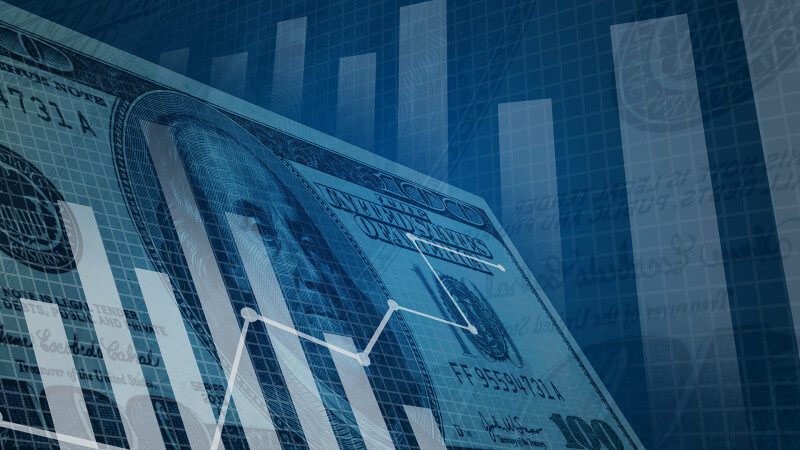How to Monetize Your Data and Increase Revenue (Part 2)

Last week, I wrote about how to indirectly monetize your data. This week, I'll open up the world of direct data monetization. In case you missed part 1, here's my definition of data monetization:
'Making a measurable, positive impact on business revenue using data.'
So if indirect data monetization is using business intelligence (BI) to impact your bottom line by improving your own business, what is involved in directly monetizing your business data?
What is direct data monetization?
Here's the crucial difference - direct data monetization is directly converting your data into revenue. The data itself is your asset, not just the data insights that let you improve business.
This is an opportunity for a new business revenue stream.
Is my data of value?
Almost all of us consume data daily, whether we have a data day job or not. Data can be small and personal, or huge and corporate. But all of it is valuable to someone.
Think about it. We regularly check the number of people that have interacted with our social media posts. We track how many calories we've burned on our workout on our fitness app, and how that compares with last time. We check what we spend on what types of items to find out where to make savings so we can buy things we desperately want.
At work, we keep an eye on the department or business budget and compare spend and savings month to month. We track customer behavior through buying patterns, sign ups and click through rates. We track the amount of time it takes from concept to finished product and how the time is spent.
All of this data is valuable to someone. And most probably to more than just you and a few colleagues. Do you hold data on multiple companies in the same sector? This could be sold for competitor performance benchmarking. Or perhaps you have data on people who are customers of other businesses too. By adding your data to theirs, businesses could gain more extensive insight into how to reach their customers more effectively. Maybe you hold weather data that could be used by retailers to predict footfall and therefore allocate staffing more effectively.
You may be the answer to another business’ data needs.
So how can you make yours available?
So how do I directly grow my revenue with data?
Here are some ideas to start you off. But there are plenty more.
Sell your data analysis
Significantly more helpful than raw data is data already analyzed. If you have the resources to analyze data, you can sell the insights that are helpful to other businesses. You'd be surprised who can use your data! This method could include offering subscriptions to your regular data reports.
Create a self-service platform
Self-service platforms give you control over what you allow consumers access to. You can offer services such as self-service quotes (like the insurance quotes you get by entering your details into the insurer’s site), your own app store or something similar to Facebook’s advertising platform. These allow others to interact with your data (or insights from a combination of your data and those of external sources) to serve themselves. Think Skyscanner, insurance quotes and Google Play.
Create an API (or several)
Consider creating an app that allows customers to access their own data (via an internal API) from within your company, or build external APIs that allow third party software to interact with your data (where you control what data is exposed). You see these in Twilio, Google Maps and social media ‘likes’ or sharing available outside of the social media platform.
Sell advertising
You have customers that other businesses want to reach. Allow businesses to target their customers with advertising on your platform. You have data on your users that could help interested businesses reach potential customers more effectively. Using your user data, allow businesses to optimize their advertising to your audience.
Selling your data
If you have large amounts of data, you could license your data as a retailer or wholesaler for use by other business, or you could sell it through brokers. This could be either raw or pre-segmented data. Remember there are legal requirements surrounding the use of raw data, particularly if it involves personal details. You need to be aware of the law surrounding data in the country or region where you are selling access.
There is a vast array of options when it comes to direct data monetization. People are finding new uses and new ways of packaging and selling metrics all the time.
To find out how to start the process of monetizing your data and creating a new revenue stream, download your free guide to data monetization